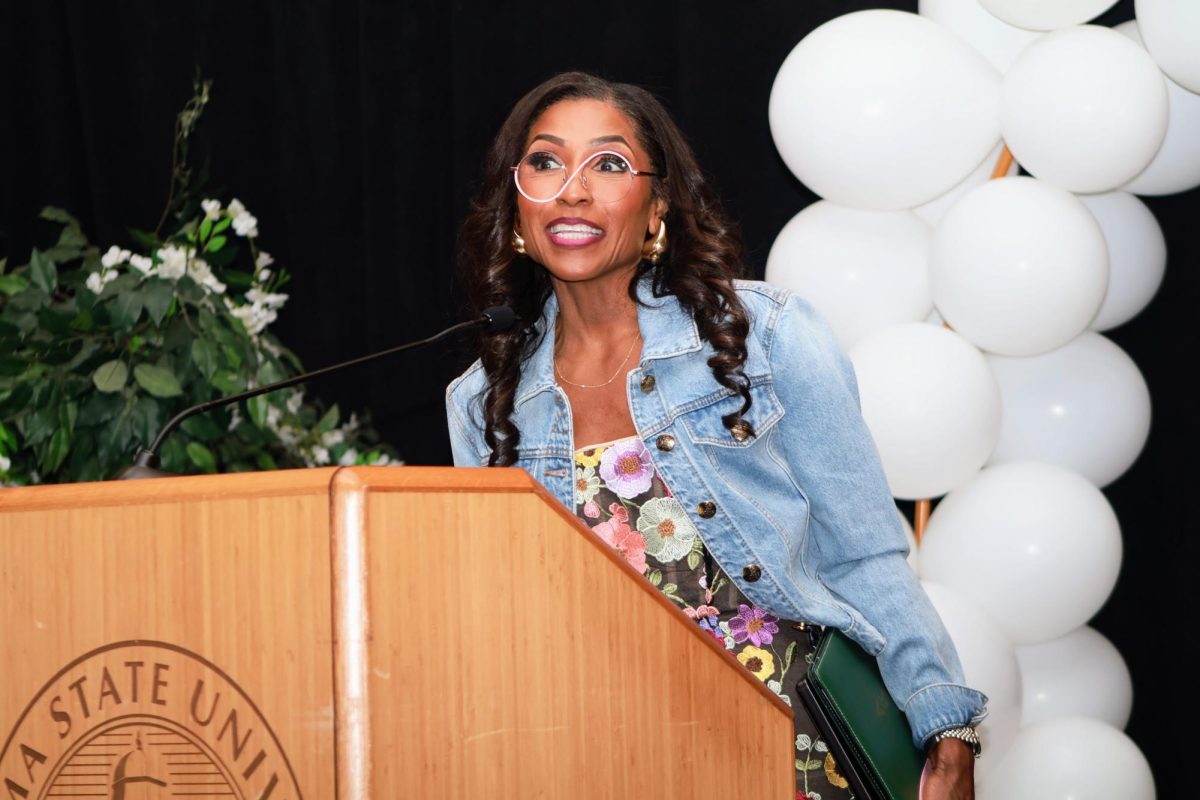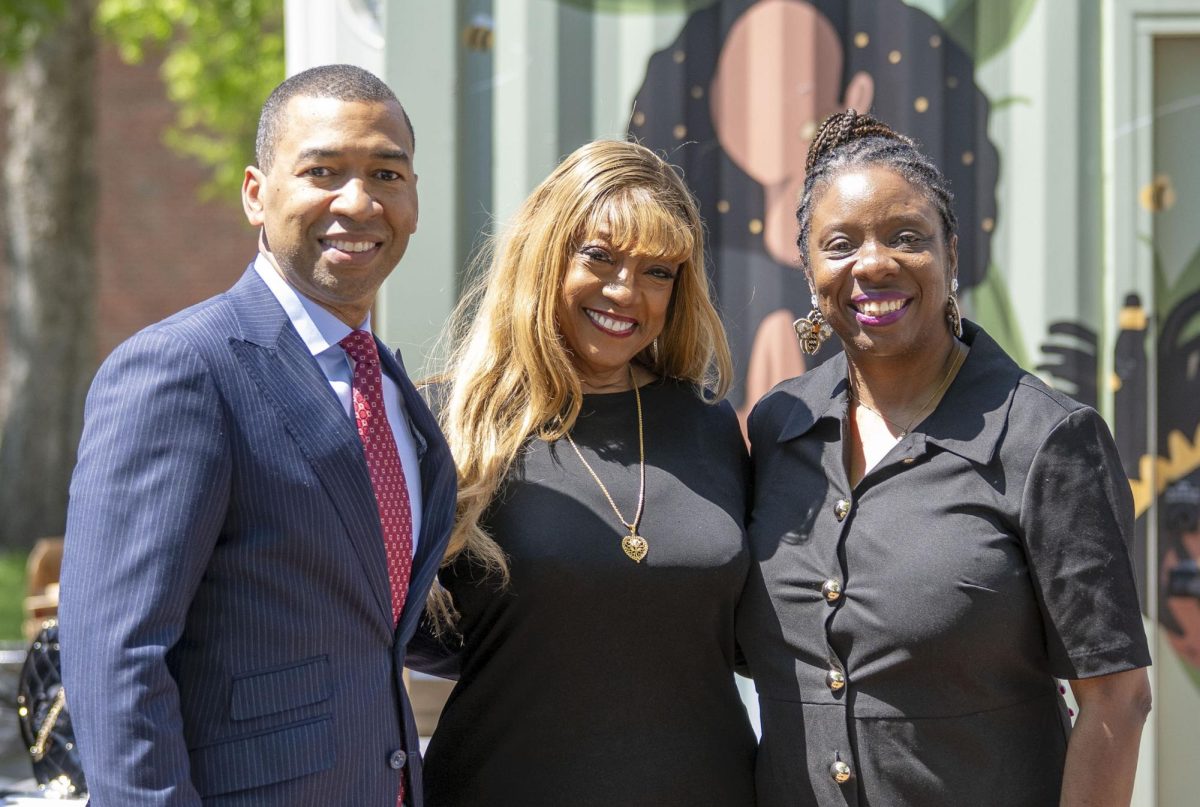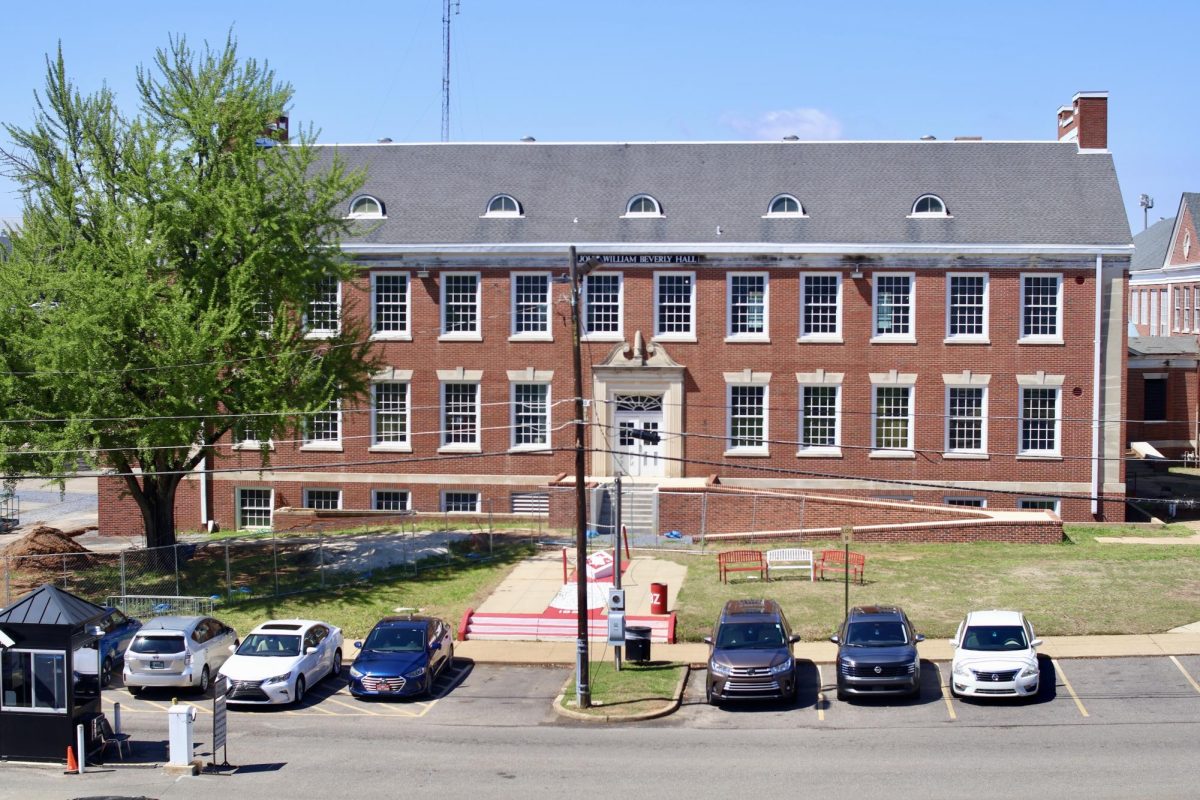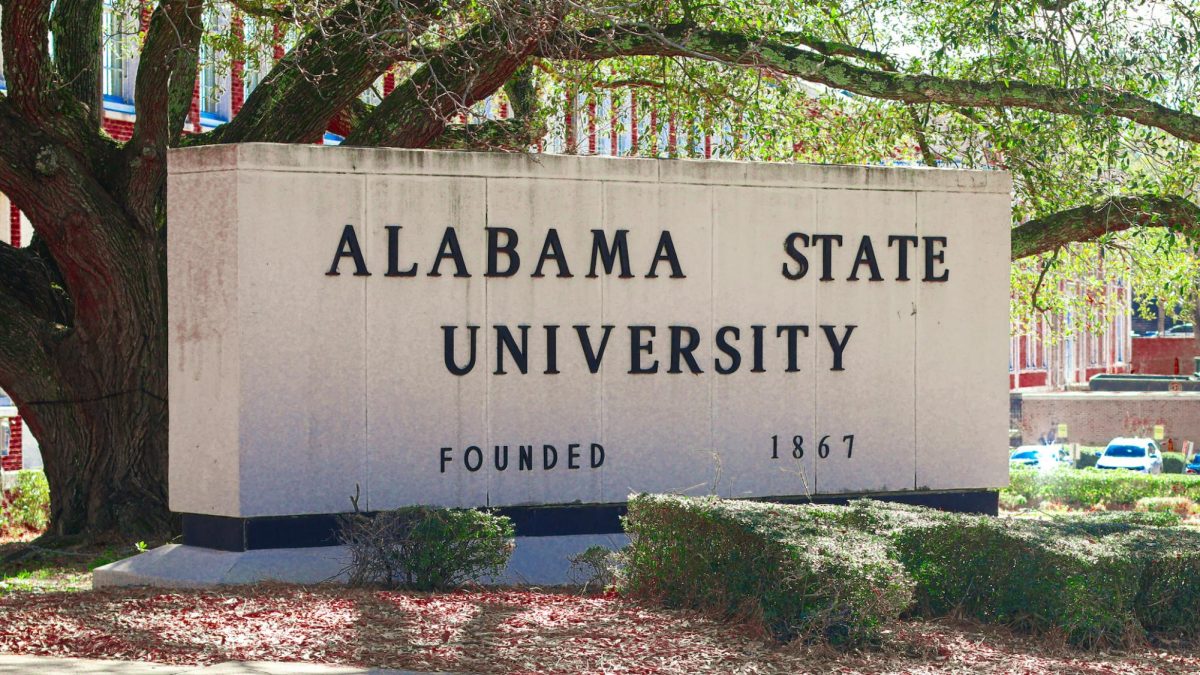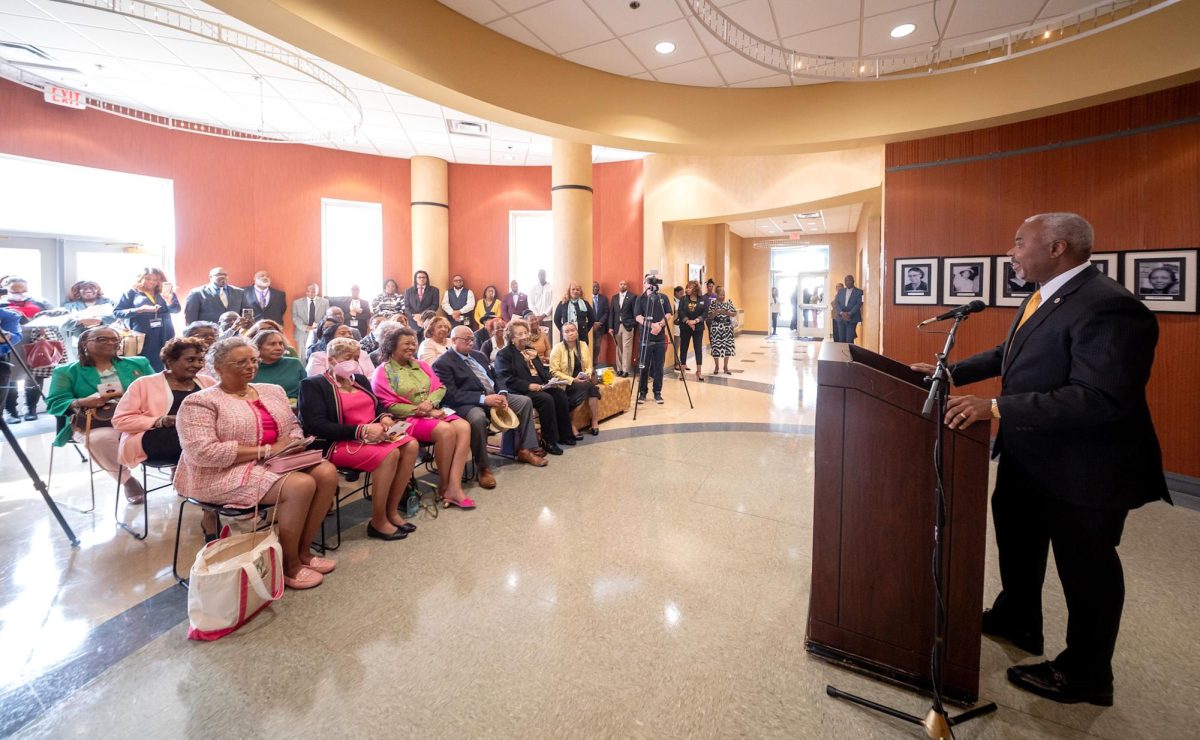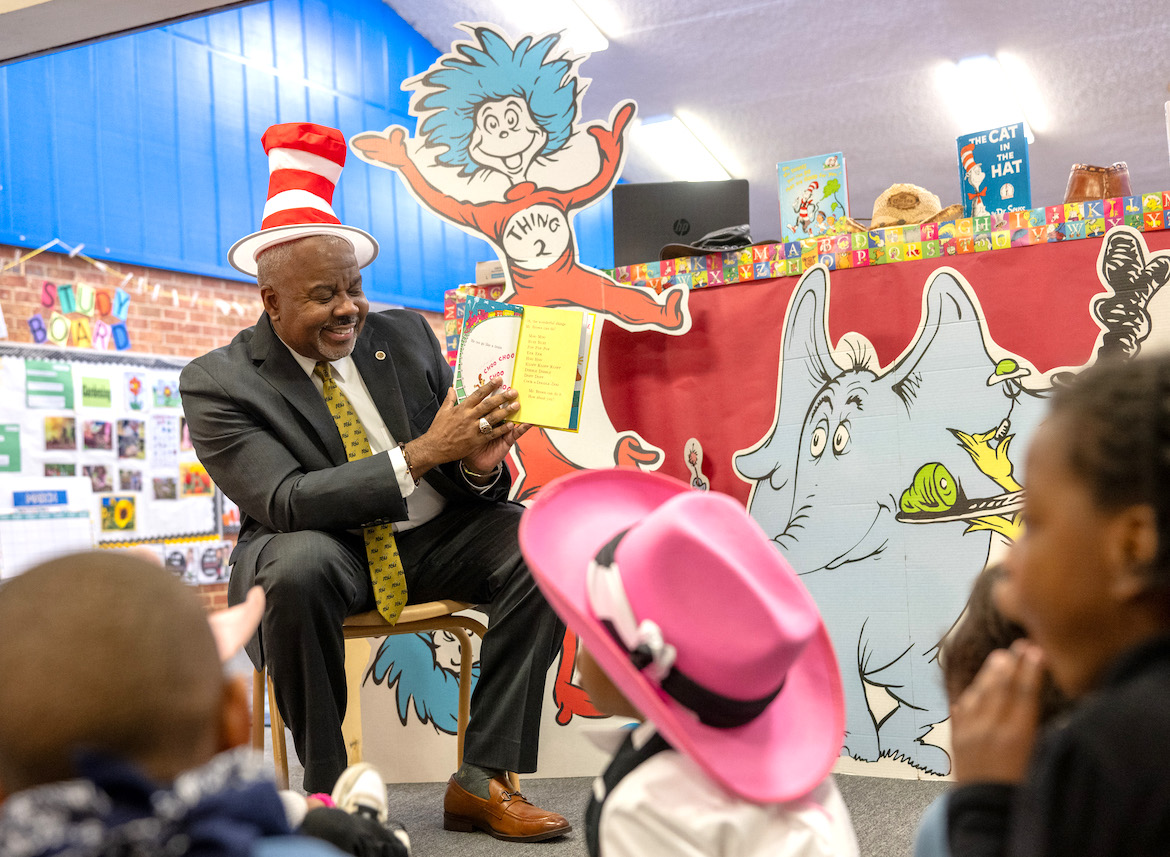Alabama State University’s Levi Watkins Learning Center (LWLC) received a $100,000 grant from the Institute of Museum and Library Services (IMLS) under the organization’s Museum Grants for African-American History and Culture (AAHC) program.
Raegan Stearns, the archivist for the LWLC wrote the proposal to obtain the grant. After recognizing a need for the university archives to expand the storage of its growing art collection, Stearns worked with the LWLC’s administration to submit the grant to the IMLS.
“They funded us $100,000, which is the max we’re going to purchase art shelving specifically to house the art collections just to make sure that we’re taking care of the art that has been donated and that we have purchased. I was so pleased and so surprised. To me, it means that they see the value in Alabama State University and our legacy, and want to invest in us. So we are beyond thankful for that.”

The funding will support the university’s art collections that are preserved in the archives. The art is also featured in many of its art exhibitions including the Colvin-Feagin Art Legends program that the LWLC hosts annually.
The movable storage system will allow the archivists to hang the art safely and store it in climate controlled areas in the university’s archives and vault. The new system will also allow for an increase in storage capacity and preserve the collection for the future. The storage system will also be used by other art museums in the region.
“Our art collections lay the foundation for our programmatic public history outreach activities in the visual arts,” dean of the LWLC Janice Franklin, Ph.D. said. “This is our mission to teach our history using art to depict the African-American experience in our National Center for the Study of Civil Rights and African-American Culture at ASU. Our center has a mission to serve as a research center and as a repository for artifacts, artwork, documents and information that focuses on the history and culture of African-Americans. The center also focuses on ASU’s role in the modern civil rights movement. We often say that ASU is the “university at the movement” in Montgomery.”
According to Franklin, it is important to preserve the culture and history of African-Americans so that others will understand the contributions of African-Americans throughout world history.
“The artifacts of our history serve as symbols of African-American progress,” Franklin said. “These artifacts help to teach our history and culture to future generations. This glorious history must be taught to our people and to the world so that we can learn the lessons from the sacrifices that our forefathers have made. When our history and culture are preserved, we have important documentation to substantiate the truth about our contributions to the world and we can ensure that many of the threats to our people are known, so that they will never occur again.”
She continued.
“We have an important collection of art that includes many of the art masters in the visual arts. This is a growing collection with donations from local and nationally renowned artists. The collection also includes artwork from the ASU art giants, such as John Feagin and William Colvin. We also have art donated by major artists from the National Alliance of Artists from HBCUs, an organization co-founded by the noted artist, Lee Ransaw. We have pieces of art from other internationally renowned artists to include Jacob Lawrence. This art is increasing in value over time and we are fortunate to have such distinguished artists represented in our collection.”
The university will also use the collection as a teaching tool for students studying art in the College of Visual and Performing Arts.
“All of our ASU family will benefit from this valuable collection of art that speaks to our history and culture,” Franklin said. “We are excited to help preserve this rich art collection at ASU’s Levi Watkins Learning Center using the new storage system that the grant funding will make possible. We are appreciative to our archivist, Raegan Stearns, for her work to enable us to receive this grant from the IMLS.”



